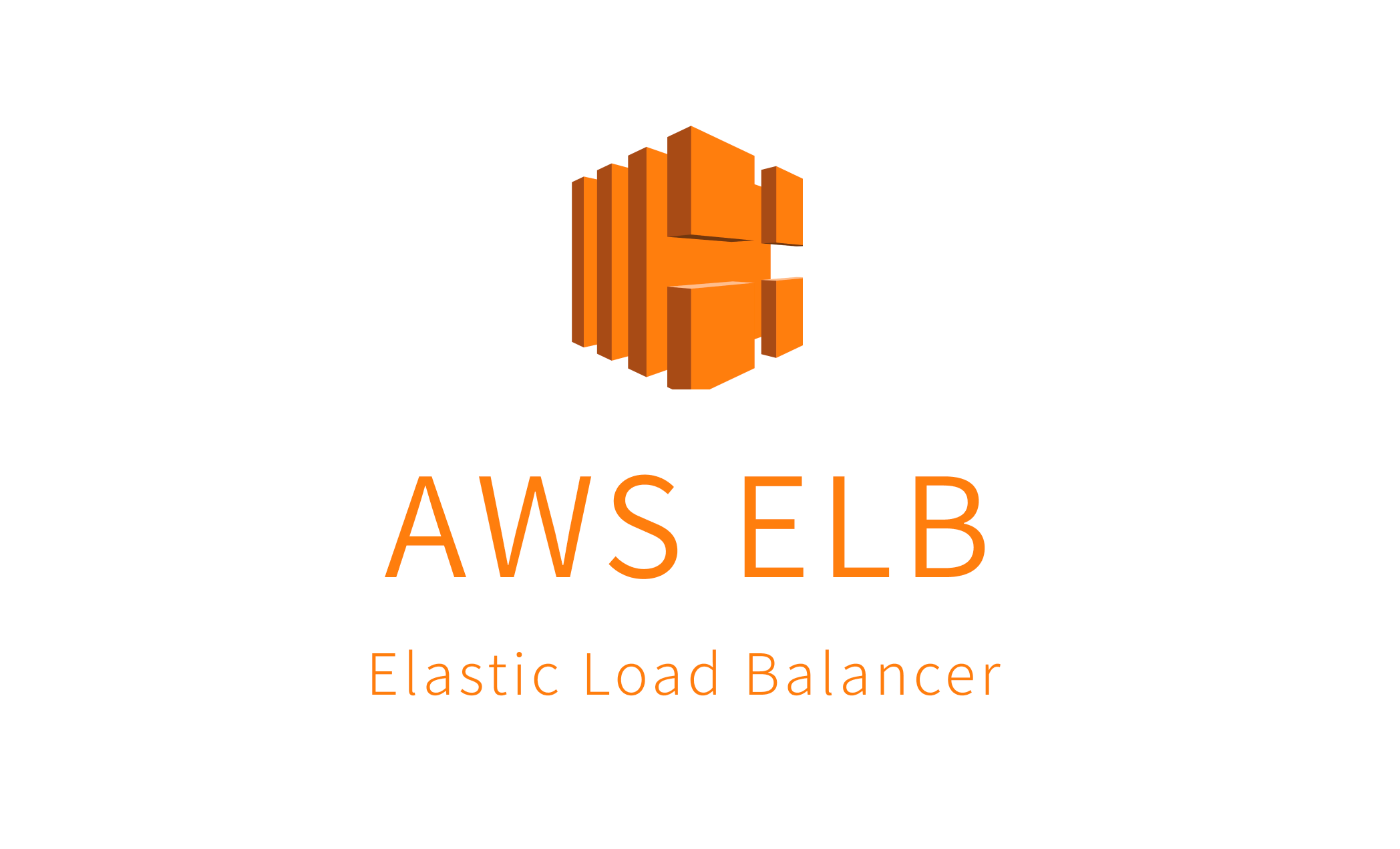What is an Elastic Load Balancer (ELB)?

When studying for cloud concepts, especially at an AWS Certification Exam Center in Dehradun, you will often come across the term “Elastic Load Balancer” (ELB).
For many people who are learning AWS, ELB is an important service that makes sure apps are stable, can grow, and can handle many users at once.
But what is it exactly, and why is it so important for cloud computing? Let’s go into more detail.
Understanding Elastic Load Balancer (ELB) in AWS
The Elastic Load Balancer is an AWS service that automatically distributes incoming traffic across multiple targets, including EC2 instances, containers, and IP addresses.
You could call it the “traffic controller” for your apps. ELB doesn’t send all incoming requests to one server at once.
Instead, it spreads the work across multiple servers, making sure that everything runs smoothly, is always available, and can handle errors.
This feature is crucial for developing applications that experience sudden spikes in traffic.
For example, an e-commerce site during holiday sales or an online service during peak viewing times needs ELB to keep the traffic balanced and the user experience satisfactory.
Why Does ELB Matter in Cloud Computing?
Elastic Load Balancer isn’t just for managing traffic; it offers important benefits that make it necessary for modern cloud-based architectures:
- High Availability: ELB makes sure your application stays online even if one server goes down by sending traffic to healthy instances instead.
- Scalability means that it can automatically change to handle more work without needing any help from you.
- Security Integration: ELB works with AWS services like AWS Shield and AWS WAF to keep applications safe from DDoS attacks.
- Cost Efficiency: Companies can save money on operations and make the best use of their resources by effectively managing traffic.
These benefits make it clear why ELB is often discussed in training sessions at the AWS Certification Exam Centre and other learning centres for people who are studying for AWS Certification Training in Gurgaon or working on cloud projects.
Types of Elastic Load Balancers
AWS provides a range of ELBs, each tailored to a particular workload or application requirement.
1. ALB, or Application Load Balancer
- Works on the application layer (Layer 7).
- It is best suited for microservices and applications that operate in containers.
- It can do advanced routeing, like host-based and path-based routeing.
- For example, this involves directing traffic based on URL patterns such as /login and /checkout.
2. The Network Load Balancer (NLB)
- Operates at Layer 4, the transport layer.
- It is designed for workloads that require high speed and low latency.
- The system can handle millions of requests per second.
- It is best suited for gaming applications or real-time communication services.
3. Load Balancer for Classic Applications (CLB)
- The Classic Load Balancer for Classic Applications (CLB) is the initial load balancer offered by AWS.
- Works with both Layer 4 and Layer 7.
- It is mostly used in old programmes.
- For example, apps that were made before ALB and NLB were used.
4. Gateway Load Balancer (GWLB)
- It works at the third layer of the network.
- It is used to set up, grow, and run virtual appliances developed by other companies.
- Firewalls, intrusion detection systems, and monitoring solutions are some examples.
How ELB Works Behind the Scenes?
The ELB sits between the client and the server when a user sends a request to an application. Here is how it works:
- Client Request: A request is sent to the application’s endpoint.
- ELB Checks Health: ELB keeps an eye on the backend servers (targets) all the time to make sure they are healthy and ready to handle traffic.
- Traffic Routeing: ELB sends the request to the best instance based on its health and load.
- Response: The server answers the client, and ELB makes sure that the connection stays open.
This cycle happens in a matter of milliseconds, which makes programmes quick and useful.
Elastic Load Balancer and Certification Aspirants
For students who are keen to learn about AWS Cloud, ELB is an important topic for the test. People often ask about the differences between ALB, NLB, CLB, and GWLB.
- Each type performs optimally in practical scenarios.
- Adding ELB to groups that automatically scale.
- ELB utilizes SSL certificates to ensure secure communication.
When you study for an AWS Certification Exam Centre in Dehradun, knowing these things will not only help you pass the test, but it will also make you more confident when working on real-world projects.
Conclusion
The Elastic Load Balancer (ELB) is the main part of AWS Cloud’s traffic management system. It makes sure that applications can grow, are always available, and are safe.
ELB helps businesses keep their digital experiences top-notch by handling millions of requests per second and intelligently routing workloads.
If you want to build a strong AWS foundation as a professional, you need to know how to use ELB.
Whether you’re going to classes at an AWS Certification Exam Centre in Dehradun or studying online, ELB concepts will be a big part of your journey.
As you learn more, taking AWS Certification Training in Delhi or AWS Certification Training in Gurgaon will help you become even better at load balancing, cloud security, and infrastructure scalability.




